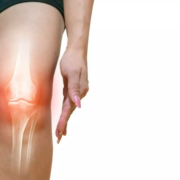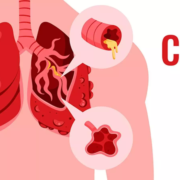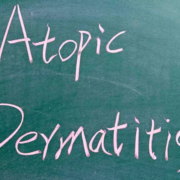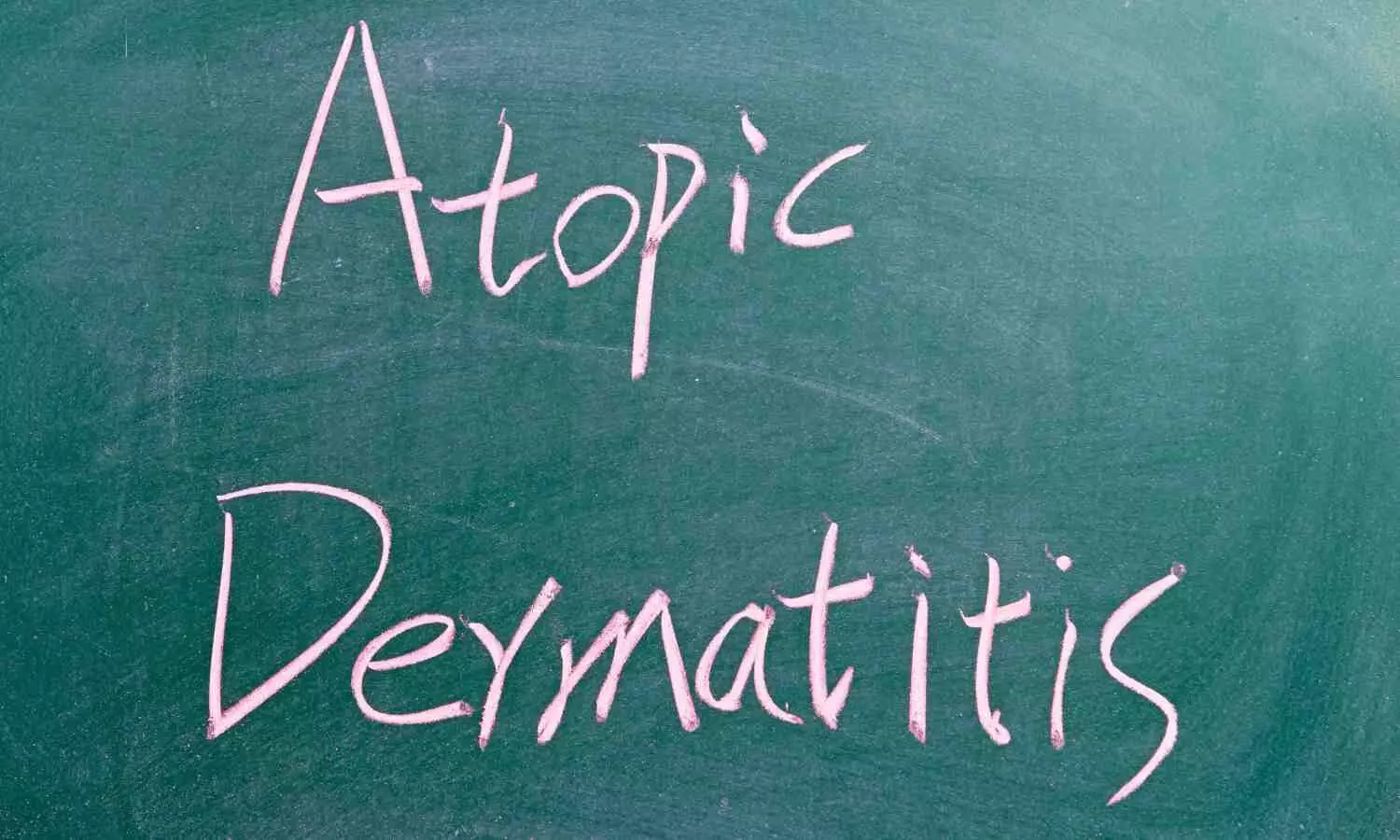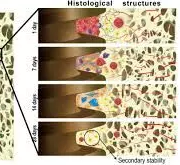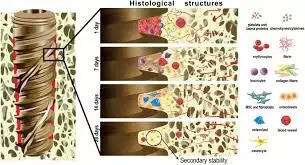
Delhi: The Indian Council of Medical Research (ICMR) has invited applications for applications for Short and long-term fellowships abroad 2024-2025. The Last Date to submit the Application is October 31, 2024.
One of the major mandates of DHR is to augment the capacity strengthening of Indian scientists. This ICMR-DHR international fellowship program is intended to create a pool of talented health research personnel by facilitating advanced training and exposure to the latest advancements in knowledge through interaction with international scientists in emerging areas of clinical/medicine/health sciences.
I. Short Term Fellowships Abroad
Duration of Fellowships: Two weeks to 3 months
Number of Fellowships: Fifteen (15) fellowships
Age limit: Below 57 years as on last date of receipt of application
II. Long Term Fellowships Abroad
Duration of Fellowships: 6 to 12 months
Number of Fellowships: Fifteen (15) fellowships
Age limit: Below 45 years as on last date of receipt of application
Applications should be submitted online through the portal on ICMR/DHR websites HRD Scheme Guidelines. Details of the eligibility criteria, format of application, terms and conditions, and guidelines of the Fellowships are available on ICMR and DHR websites.
Last date of receipt of applications: 31st October, 2024
ICMR/DHR has approached some high ranking global universities and the following have agreed to consider candidates under the programme. Links to these leading foreign Institutes/Research centres is given below for ready reference to explore the training opportunities. It may be noted that the applicant is required to contact a suitable foreign mentor and seek his/her consent.
I. SHORT-TERM FELLOWSHIPS ABROAD (15 days – 3 months)
To avail specialized training to excel in a niche area of interest for a period of 15 days to 3 months in the field of biomedical research and technology and strengthen the capacity of regular Indian faculty/researcher.
Eligibility:
1. The applicant should be a citizen of India and working in the country.
2. The applicant should possess an M.D./M.S./Ph.D. degree (M.D./M.S./M.D.S. or MBBS/BDS/M VSc./M.Sc./M. Pharma/M. Tech or equivalent with Ph.D. in health/biomedical research) with at least fifteen years of experience (for availing the fellowship for 15 days) and at least ten years of experience (for availing the fellowship for 1-3 months) in teaching/research in a recognized Institute after obtaining the requisite qualification.
3. The application should be forwarded by the Employer/Head of the Institution with a statement that the candidate will be considered as a full-time employee of the Institution during the period of his/her fellowship and if selected, the Institute on receiving the funds from ICMR-DHR will disburse the fellowship amount and other expenses to the fellow as stated under the “Financial Support” following the ICMR-DHR norms.
4. The applicant should submit a letter of acceptance from the host Institute where he/she proposes to work during the fellowship.
5. The applicant should submit a plan of proposed training for availing the fellowship in the prescribed format.
6. The recognition letter from the All India Council for Technical Education (AICTE) for candidates belonging to Private Colleges/Universities should be submitted.
7. The applicant should not have availed any similar fellowship from any agency of the Government of India/State Govts in the last 3 years. Age Limit: Below 57 years as on the last date of receipt of application.
Financial Support:
1. A stipend of US $3000 per month which includes accommodation and other expenses.
2. Return economy class excursion airfare through the shortest route. Air ticket bookings should be done through the GoI authorised travel agents viz. Balmer Lawrie & Company Limited (BLCL); Ashok Travels & Tours (ATT); Indian Railways Catering and Tourism Corporation Ltd (IRCTC).
3. Contingency grant reimbursable on submission of original receipts/bills on return as follows:
i) A maximum of Rs. 75,000/- which includes the cost of visa, SEVIS fee, taxi charges from place of duty to airport and back.
ii) A maximum of Rs. 20,000/- for overseas medi claim insurance expenses.
II. LONG-TERM FELLOWSHIP ABROAD (6-12 months)
Long-Term Training (6 to 12 Months) Fellowships at Foreign Institutions for persons employed as regular faculty having at least three years of experience in the college/institute as a regular employee, not above the age of 45 years.
Eligibility:
1. The applicant should be a citizen of India and working in the country.
2. The applicant should possess an M.D./M.S./Ph.D. degree (M.D./M.S./M.D.S. or MBBS/BDS/MVSc./M.Sc./M.Pharma/M.Tech or equivalent with Ph.D. in health/biomedical research) with at least three years teaching/research experience in a recognized Institute after obtaining the requisite qualification.
3. The application should be forwarded by the Employer/Head of the Institution with a statement that the candidate will be considered as a full-time employee of the Institution during the period of his/her fellowship.
4. The applicant should submit a letter of acceptance from the host Institute where he/she proposes to work during the fellowship.
5. The applicant should submit a proposed plan of training for availing the fellowship.
6. Candidates belonging to private colleges/universities have to submit a recognition letter from the All India Council for Technical Education (AICTE).
7. The applicant should not have availed any similar fellowship from any agency of the Government of India/State Govts in the last 3 years.
Age Limit: Below 45 years as on the last date of receipt of application.
Financial Support:
1. A stipend of US $3000 per month which includes accommodation and other expenses.
2. Return economy class excursion airfare through the shortest route. Air ticket bookings should be done through the Government of India authorised travel agents viz. Balmer Lawrie & Company Limited (BLCL); Ashok Travels & Tours (ATT); Indian Railways Catering a0nd Tourism Corporation Ltd (IRCTC).
3. Contingency grant reimbursable on submission of original receipts/bills on return as follows:
i) A maximum of Rs. 75,000/- which includes the cost of visa, SEVIS fee, taxi charges from place of duty to airport and back.
ii) A maximum of Rs. 20,000/- for overseas medi claim insurance expenses.
SPECIFIC TERMS AND CONDITIONS TO GOVERN SHORT/LONG TERM FELLOWSHIP ABROAD
1. The individual scientist availing this Fellowship would be addressed as an DHR-ICMR International Fellow (DHR-ICMR IF).
2. The candidates should correspond with the International Institute/Laboratory to be visited for their placement. A letter of acceptance from the Institute to be visited overseas is required to be produced along with the application form. Once selected, the Fellow will not be allowed to change the mentor/foreign lab other than the one mentioned in the application.
3. DHR ,through ICMR, will release the grant (stipend of US$ 3000 per month; Contingency; Mediclaim Insurance; Return Airfare) to the Fellow’s parent Indian institute upon receipt of the following:
i. Copy of Mandate form (duly filled in) of Institute.
ii.Copy of cancelled cheque of the Institute.
4. It will be the responsibility of the Parent Indian institute to disburse the following mentioned financial support to the Fellow upon completion of all formalities.
i Advance stipend of US$ 3000 per month to Fellow and the balance of 10% stipend should be granted on return after completion of fellowship duration and due adjustment on submission of utilization certificate/original receipts.
ii Return economy class excursion airfare through shortest route. Air tickets booking should be done by the Government of India authorised travel agents viz. Balmer Lawrie & Company Limited (BLCL); Ashok Travels & Tours (ATT); Indian Railways Catering and Tourism Corporation Ltd (IRCTC)
iii Contingency grant reimbursable on submission of original receipts/bills on return as follows:
a. A of maximum of Rs. 75,000/- which includes the cost of visa, SEVIS fee, taxi charges from place of duty to airport and back.
b. A maximum of Rs. 20,000/- for overseas Mediclaim insurance expenses.
Any additional charges made mandatory by the concerned foreign country, incurred as part of obtaining the visa will be assessed by ICMR on a case-by-case basis which may be reimbursed within the maximum limit of Rs. 75,000/-.
5. Parent institute may continue to pay salary and other benefits such as leave, medical gratuity, GPF, pension as applicable to the fellow candidate while he/ she is away for the fellowship as per the parent Institute’s rules/norms. No liability on any of these accounts will be borne by ICMR-DHR.
6. The Fellows will be required to execute a will/legal/service bond of Rs. 5.00 lakh to the parent Institute that he/she belongs to and will serve the parent Indian Institute for a period of at least 3 years after return from International fellowship.
7. If the Fellow does not return to India on completion of the fellowship or fails to fulfill any of the above requirements, he/she will be liable to reimburse the whole of the expenditure incurred during the fellowship period, including the airfare, from the Guarantors in one lump sum within one month of the completion of the term of the Fellowship and remit it to the parent institute. An undertaking to this effect on a Rs.50/- non-judicial stamp paper however will be required to be submitted by the Guarantors to the parent institute, in case of selection of Fellow.
8. The Parent institute should ensure that following formalities/documents are completed/submitted by the Fellow to the institute before release of funds to the candidate:
i. Political clearance for the visit.
ii. A copy of VISA.
iii. Service/legal bond for Rs. 5.00 lacs to the parent Institute (Ref. pt. 6 above)
iv. Undertaking by 2 guarantors on Rs. 50/- non-judicial stamp paper (Ref. pt. 7 above)
v. Copy of Passport details
9. The Fellow should submit a final work report (in the prescribed format) on the research and training activities undertaken in the foreign Laboratory/Institute during the fellowship period. This should be submitted to the Parent institute (with a copy to ICMR) within 2 weeks of his/her return to India.
10. A progress report (in the prescribed format) evaluating the performance of the Young fellow by the Foreign Mentor from the host institution should also be submitted to the parent institute (with a copy to ICMR).
11. The Utilisation Certificate (in the prescribed format) should be submitted by the Fellow to the parent institute within 2 weeks of return for final adjustment of stipend/bills.
12. Total claim bills on the budget head of fellowship will be reimbursed not exceeding the specified amount.
13. The fellowship should begin within the same financial year and must be completed before 31st March of the next year. Dates once decided will be treated as final.
14. In the event of cancellation of travel ticket due to change of the date of visit/change of sector of journey or any other reasons, the cancellation charges and difference of farewill be met by the Fellow.
15. DHR and ICMR will not be liable for anything whatsoever including GOI clearances, medical insurance etc., beyond the approved duration of stay of Fellow in the foreign country.
16. In case a Fellow withdraws/refuses to undertake the fellowship at the last minute he/she will be “de-barred” for succeeding two years from availing the DHR-ICMR International fellowship.
17. The parent Indian institute should submit the following to ICMR within 30 days of the Fellow’s return to India:
i. Utilisation Certificate (in the prescribed format)
ii. Original receipts submitted by the Fellow
iii. Report of the Foreign Mentor
iv. Progress Report submitted by Fellow.
Selection Criteria
Screening of applications will be done by ICMR and the short listed candidates will be considered by the Selection Committee for awarding the fellowship. The selection of the candidate will be based on evaluation of the merit of the candidate and the training needs in the field of medical research by a Committee of eminent scientists.
To view the official Notice, Click here : https://medicaldialogues.in/pdf_upload/icmr-dhr-international-fellowship-call-open-for-year-2024-25-253101.pdf



